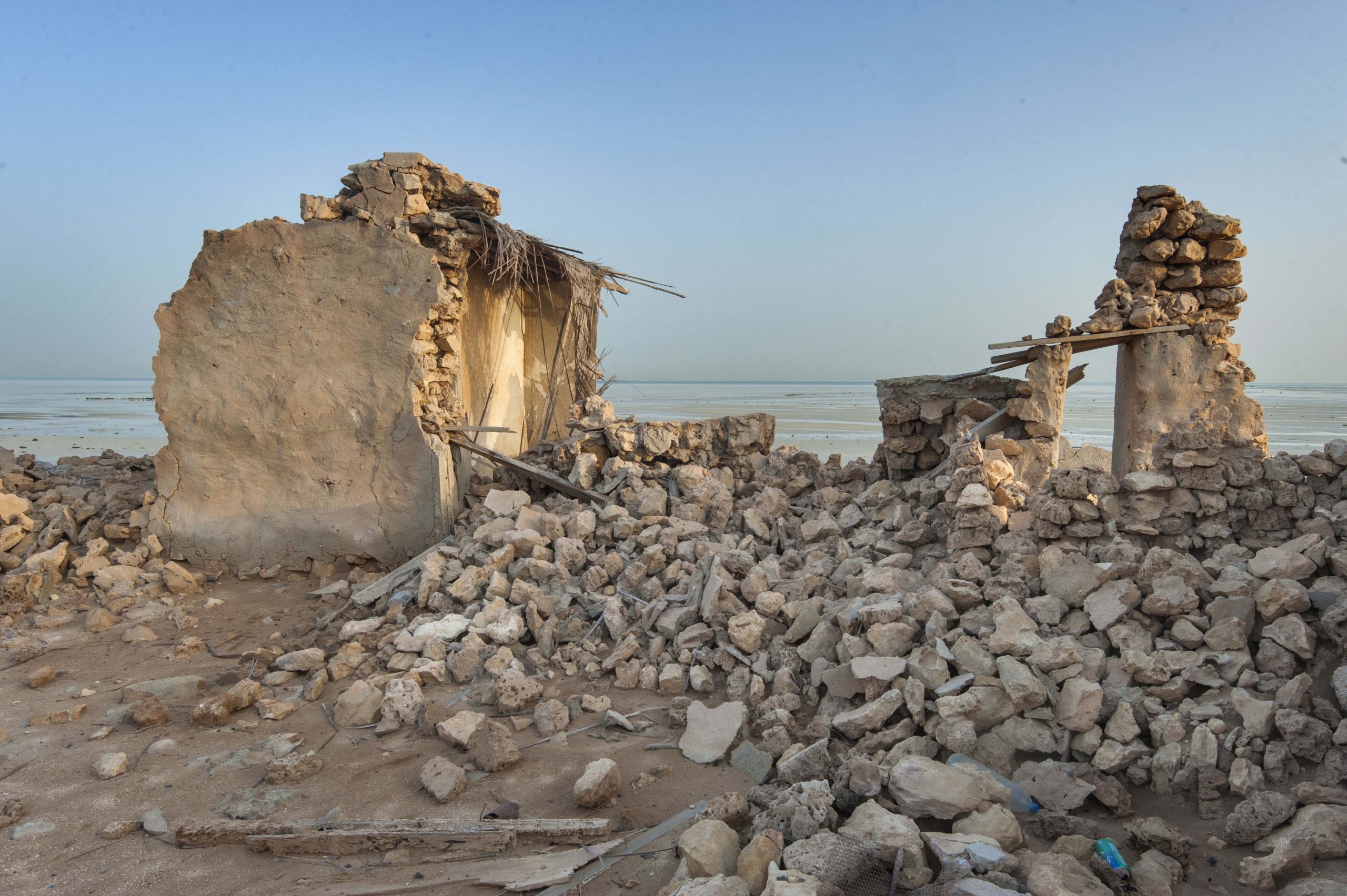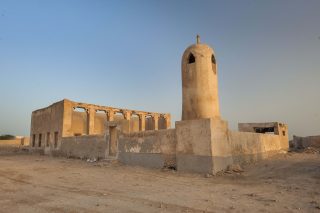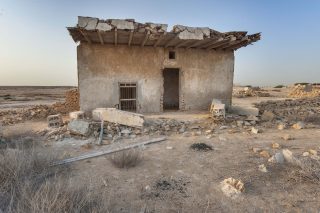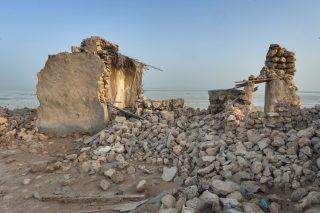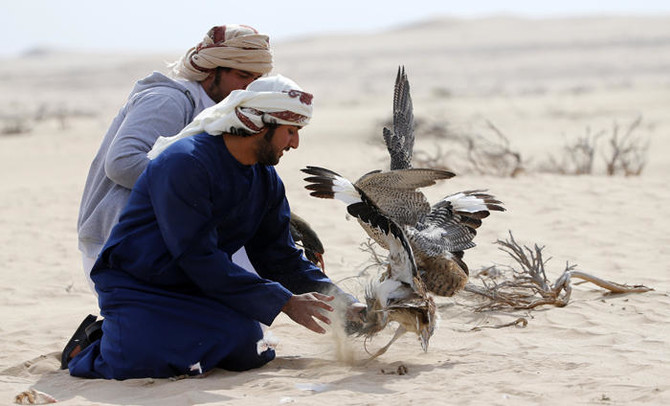All photos by Alexey Sergeev.
The Qatar government wants to turn an abandoned fishing village in the northern part of the country into a tourist attraction that showcases the nation’s heritage, according to procurement documents published earlier this month.
Jumail, which was partially rebuilt in 2009 as a film set, is roughly five kilometers from Al Ruwais and approximately an hour away from Doha. It became completely abandoned by the 1970s.
According to archeologists, the town’s surviving ruins date back as far as the 19th century. Maps show a collection of more than 60 structures that vary in size and condition.

Qatar Museums (QM) and the Qatar Tourism Authority (QTA) aim to restore the settlement and present the “life and history of the village,” sharing information on the history, livelihood, architecture and religion of its former inhabitants, an explanation introducing the project to prospective contractors stated.
Specifically, the government bodies want to transform the village into an outdoor heritage site open to the public:
“Living history museums are a type of open-air museum where costumed interpreters portray period life in an earlier era. The interpreters act as if they are really living in a different time and place, such as the pre-modern era in Qatar before the discovery of oil and gas, and perform everyday household tasks, crafts and occupations. Visitors can go around and observe, ask questions and even participate in certain activities.”
The tender documents said several buildings in Jumail were reconstructed as a movie set in 2009. The village is several kilometers north of Qatar’s better-known “Film City” on the Zekreet peninsula, which is also home to an abandoned recreation of a traditional Arab town.
No timeline for the Jumail project was contained in the tender documents, although design consultants have until Nov. 8 to submit bids.
QM did not respond to a request for comment.
Tourism draw
Restoring sites such as Jumail fits in with the government’s plans to attract more tourists to Qatar and diversify the country’s economy.

As part of a tourism strategy released last year, QTA proposed setting up more tourism-related places of interest outside Doha as well as experiences that showcase Qatari and Arab culture.
Jumail’s distance from Doha is part of its appeal, as it provides visitors with “an authentic Qatari landscape unobstructed by new infrastructure and growing development,” the tender documents state.
Andrew Petersen, a professor of Islamic archaeology at the University of Wales Trinity Saint David, told Doha News that he believes the history of Jumail is closely tied to the adjacent ruins of Ruwayda – less than a kilometer away – and were referred to interchangeably in some historical references.
Petersen is part of a team that’s currently unearthing the town of Ruwayda and has so far found two mosques, a series of warehouses, large courtyard homes and what is believed to be Qatar’s largest fort.

He theorizes the fort at Ruwayda was initially constructed in the 16th century by the Portuguese, who later abandoned it. The area was later settled by migrating Arab tribes from Kuwait who vacated the site in the late 18th or early 19th century and moved to other locations along Qatar’s coast, including Jumail, Petersen said.
The archeologist said most of the buildings left standing in Jumail date back to the 19th and 20th century, although there is evidence that suggests the structures were built atop a previous settlement.
Petersen said the last permanent inhabitants of Jumail packed up roughly 40 years ago.
“The village that you see now was abandoned in the 1970s,” he said.
Heritage restorations
As part of a separate project, QM is also looking for contractors to rebuild and restore four heritage buildings elsewhere in Qatar:
- The Umm Al Qehab Mosque near Ash-Shahaniyah off the Dukhan Highway;
- The Al Sulokiah Mosque near Al-Jumayliyah on Qatar’s west coast;
- The Ain Sinan Mosque in north Qatar, just off the Al Shamal Road near Fuwairit Beach; and
- The Al Zaman House in central Doha, near Grand Hamad (Swords) intersection.
Thoughts?

